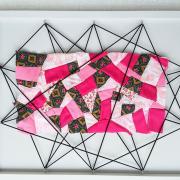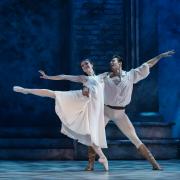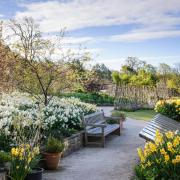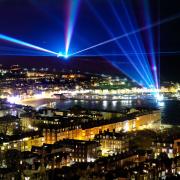Dance music could be key to helping attract a more diverse audience to classical concerts
There’s something amazing about watching an artist on stage. That moment when the house lights go down and the lighting rig blinds the stage, they emerge from the wings dressed in anything from ripped jeans to a dinner jacket, and the audience either goes wild or responds with a polite ripple of applause.
I love to watch how each artist responds to and interacts with the audience. There are those who walk on quickly, perform, don’t look at the audience, take a very stiff bow and walk off. No encore. There are those who tell stories, interact with people, take questions, bring the music to life and people go away feeling like they go to know a little more about that person on stage, perhaps even making a connection.
Of course, for many classical musicians they are often the conduit for a composer from centuries ago to communicate their work, often from a very different time. I’m lucky enough to see a lot of classical or chamber music here at the Harrogate International Festivals, it’s at the historical heart of our work and has seen some amazing artist programmed across the decades from Jacqueline du Pre to this season’s Alessandro Taverna.
However, regardless of the artist, there are many things that are common within the audience. The average age is usually older, they’ve often been attending classical events for many years. It’s certainly not a diverse audience, and it’s rare to find someone who doesn’t know the programme or artist, so not many are new to the experience – they certainly understand the traditional expectations of not coughing and when to clap!
While we at the festivals are making great efforts to create a more representative audience through delivery of classical music in unexpected places, ensuring a connection between artist and audience and using a number of digital opportunities, it often feels for me like the balance isn’t tipping quickly enough. Where is my generation in the audience for classical music?
So, it was a fantastic and interesting experience in December when after the huge success of the BBC Radio 1 Ibiza Prom that Pete Tong, along with Jules Buckley and the Heritage Orchestra went on tour with their musical homage to Ibiza. This was dance music from my clubbing days reworked by the 60-piece Heritage Orchestra, directed by the acclaimed conductor Jules Buckley.
A largish professional orchestra on stage and yet here was my generation. Not only that, there were old friends on Twitter and Facebook who were raving about the gig at the O2, and the next night my timeline was full of people like me from across the north, making the trek to Manchester to see the same gig at the Arena.
These weren’t small audiences at 20,000 people apiece but what they saw was amazing. The stage was set with a multitude of cameras with a screen ensuring the audience was at the heart of the orchestra. Check out the horn section, see the fiddles looking for their music, watch the conductor’s face, see his conducting style – from the front! See his connection with the orchestra, and what happens, warts and all when he has to cover a singer who may or may not have lost her place in the excitement. There’s certainly not much room for error when the heart of the orchestra is being projected live to 20,000 people.
Now I recognise this was a unique experience, but how do we in the arts world, particularly working in classical music capture that infectious spirit, how do we get to that audience and take them on a musical journey? The Ibiza Prom may not have been everyone’s cup of tea but I’m pretty sure that as arts programmers we need to be learning to ensure the future, as the phrase goes, doesn’t go Pete Tong.



























